€35.00 – €463.60
Magnolia Flower Essential Oil
Adam Michael has this to say “The fragrance journey of this magnolia flower essential oil is sublime. The opening is sweet sparkling champagne, peach juice, white florals and apple crispness. This follows with sweet tea notes, milk creaminess and lashings of white floral goodness and orange blossom sparkle. Tea rose, magnolias, freesias and green note surprises also await you. The longevity is wow and this material is a must for imparting warmth and fruit floral softness into both floral and oriental accords. We also offer both magnolia heart e.o and magnolia leaf e.o.
This magnolia flower essential oil is of Chinese origin and produced by steam distillation of the highly fragrant blossoms. It is of thin viscosity, orange-red in colour and the major chemical constituents are geraniol, citral, limonene, beta-pinene and methyl eugenol.
I do want to add that whilst the Michelia and Magnolia genus both belong to the dicotyledonous family called Magnoliaceae, the therapeutic uses are different.
It’s well documented magnolia species have been subject to phytochemical investigation with the aim to better understand, isolate and re-employ (so to speak) the biologically active feel good/human protection compounds into pharma applications. This is because for centuries across Asia, Magnolia species have been used in traditional medicines such as Wuu-Ji-San, Shimpi-to and Sai-boku. Whilst most are heavily reliant on the bark these traditional medicines have exceptional – sedative qualities, ability to – strengthen the functioning of the intestine and stomach, dissolving the stagnation of peripheral blood circulation in micro vessels, reducing oedema/dropsy and treating dry coughs.
To better understand this, we have to look at the secondary metabolic compounds found in the plant parts in question. When I talk about secondary metabolic compounds I’m referring in particular to a benzylisoquinoline alkaloid called magnocurarine which has a relaxing effect upon the skeletal muscles and is present in various magnolia species including M.obovata, M.kobus, M. grandiflora and M. denudata. Without over generalising the 40 or so akaloids are simply known for the positive physiological impact on humans and animals.
Then we have neolignans, generally neolignans are no great shakes as they are found in many plant families and have little chemotaxonomic value BUT that’s not the case with magnolol and honokiol neolignans which are found in several magnolia species. Many people maybe aware of a drug class called benzodiazepines which are known for the anxiolytic effect and thus used for treating anxiety, panic attacks, insomnia, depression, muscle relaxation and much more. The honokiol neolignan works by inhibition of several areas of the brain such as the hypothalamic and reticular formation ascending activating systems as well as the spinal cord. It has the same anxiolytic impact as benzodiazepines, yet it comes with heavily reduced (if any), benzodiazepine side effects. Magnol neolignan in studies has been shown to prevent stress induced gastric ulcers and it seems it does this by inhibiting secretion of hydrochloric acid. I would add if anyone wish to research further, maybe start by looking at the leaf of Magnolia obovata, this plant part contains 15 different akaloids and the bark of this plant is packed with neolignans, so quite the superstar material.”
Botanical Name: Michelia alba
Origin: China
Wholesale weights (all prices excluding vat): 50G = 190 Euros. 100G = 380 Euros.










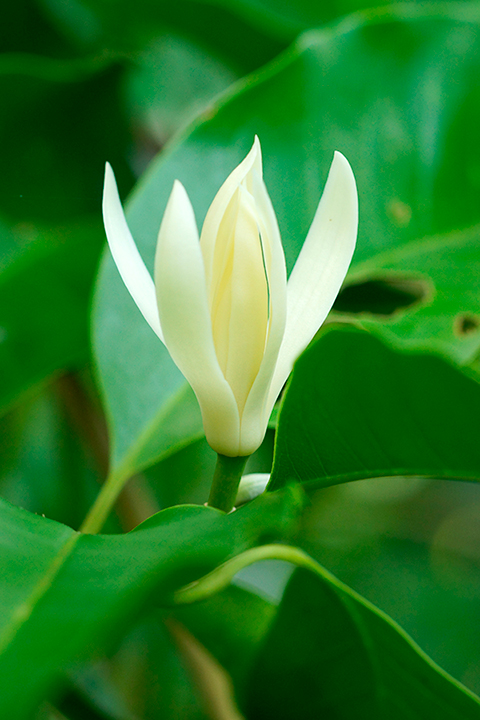
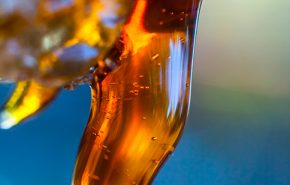
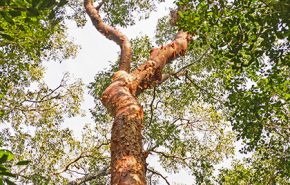
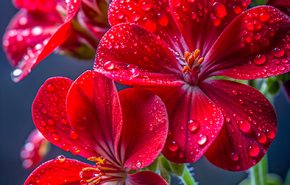
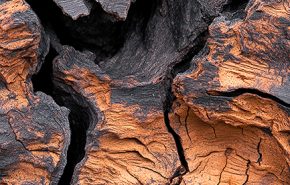
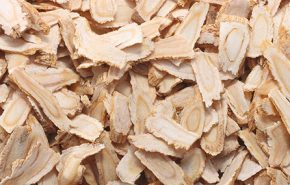
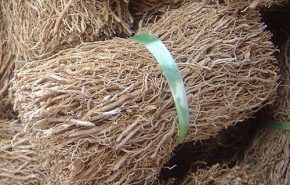
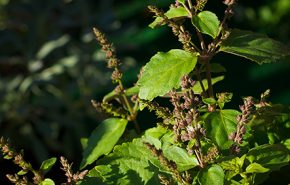
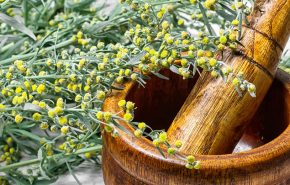
Charalambos Charalambous (verified owner) –
Ohh my favorite oil..i bought 5 plants of michelia alba just to smell the truly amazing flowers but in my city the sun is too strong and i lost them..:(..but thanks to Adam i have the opportunity to smell it in a bottle :)..truly amazing. Sparkling and like champagne indeed. Also you can find that jammy peach/green apple notes! Excellent stuff and when diluted in sandalwood is a soft hypnotic attar..a must buy oil !!
Kristina M (verified owner) –
For me it is a perfume on its own – it has so many facets and it is so so marvelously sweetly welcoming into a rich flowery bouquet world – I can even detect some blue camomile, a very very slight hint of rosemary and helichrysum as well. So honey, tea, magnolia notes of course are simply bringing joy to my heart while smelling this wonderful white flower. Very close to a Magnolia heart from Adam’s and Eleonora’s house :).
Adams description is so complete that it’s not easy to add something.
Of course I’m just learning – and a perfumery world is a non stop of wonderful studies. 🙂 🙂 🙂
Robert (verified owner) –
This is pure joy in a bottle, it’s sweet sparkling apple crisp opening leads into a breezy hight of summer floral honeyed nectar. I feel like a hummingbird finding my favourite food, the apparent stillness they appear to have when they flap their wings so fast speaks of the joy they feel. I feel this joy, this stillness, this sweetness. It has something other florals don’t capture and that’s the feeling of actually sticking your nose right into the flower and getting a little of the powdery pollen on your nose, ever so slightly sending a subtle quiver of repel through the body, it’s all there and I’m amazed this beautiful material is a distilled essential oil and not an absolute. 10 stars.
KMF (verified owner) –
This was my favorite floral from a recent order, I did not know what to expect and it is delightful! Fruity white floral deliciousness, next to a glass of my favorite champagne!
Janey D (verified owner) –
On first strip application, this read a little geranium high floral to me, the initial note is quite rambunctious and saccharine enough to make you think it might dominate a blend. Boy, was I wrong! I used this with Stemone to anchor a gardenia accord and the result is wonderful! I second Adam’s mention of freesias because that’s exactly what came through… a very real life-like freesia-esque note when harmonised with other flowers. This is possibly not the centrepiece but a really useful and beautiful addition to any bouquet.
g.s.oldenkamp (verified owner) –
A great, really floral odor. I’m fond of floral scents and this one is fresh, sweet and a little creamy. Excellent in feminine perfumes.
Rachel Ellis (verified owner) –
This is my new favorite floral! It brings me back to spring days in the park or by the river sitting in magnolia trees. The aroma reminds me of the shape of the flower. Star like. Sparkling, powdery, sweet, with a hint of bourbon.
Sarah J (verified owner) –
I really enjoyed this fresh floral, juicy, delicately spicy, calendula, yarrow, honey, creamy, expensive tea, apple. Also a little hypnotic – I kind of forgot my stresses whilst on this sensual adventure yet at the same time feel quite present and with a calmed heart beat and deeply relaxed breathing!
innasany (verified owner) –
Love for life. No greasy smudges. Just bubbles of champagne in paradise. God know how play with His work!
Paul V (verified owner) –
Champagne, florals, fruits galore! What a stunning material! I was working on a magnolia absolute recreation, but nothing really elevated it, that is until I compounded with this! Smelling this as I write this review it instantly puts a big smile on my face. I get sweet booziness, apples, honey, peach, an almost effervescent vibe and just enough creaminess to round it all off. It effortlessly plays well with blends, in fact mt magnolia absolute base formula practically wrote itself.
Anton B (verified owner) –
This magnolia is excellent!
It smells of both leaves and non-carnivorous flowers swollen from rain.
Smells like Portugal! These are the flowers we have here!
Hugs, Medea and Anton
Ching Y (verified owner) –
Radiant floral, fresh, luscious, yet crispy. So elegant, and matches really well with magnolia leaf, jasmine sambac and green tea, and if you add some Aglaia, it would be heavenly.